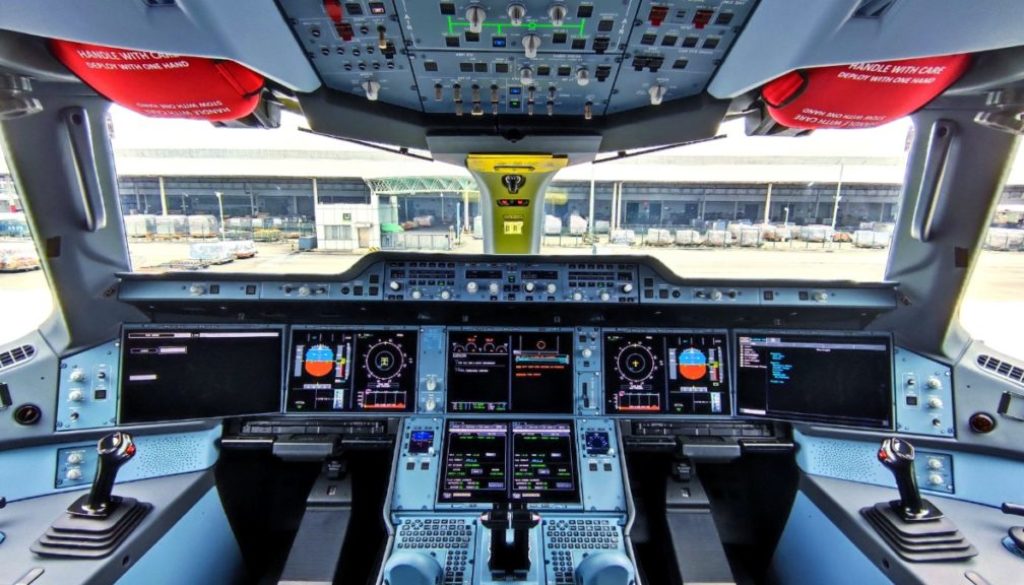Automation – Friend or Foe?
This is the first in a series of articles on automation, the increased levels of automation and the potential risks associated with this. This first post will focus on what automation is and why it has become so prevalent in aviation.
Automation in our lives
Automation has become part of daily life for people across many industries. However, as indicated by the fact that scholars and developers alike often draw on experiences from aviation, only some have achieved the level of human-machine automation integration that aviation has. As technology becomes more and more capable and the perception that automation can perform various tasks more efficiently than humans remain, the level of automation will continue to increase. It may be argued, though, that while the original intent of automation was to assist and aid the human operators, there are indications that the situation may have started to move towards a level of automation where the human is being pushed further than what may be safe through other issues arising from these high levels of automation.
When automation in aviation is discussed, manual handling is often the first topic that is put into question. Though this is of great importance, many other aspects are affected by existing and increasing levels of automation, and this series will focus mainly on those. That said, there will also be room to discuss the pink elephant in the room, manual handling, and how the airline industry works to assist pilots in maintaining this crucial skill.
What is automation
Before a discussion can be had on why automation is so prevalent in aviation and the potential safety implications, it is beneficial first to define what automation is. To that end, automation, in general, has been described as the execution of a task previously assigned to a human by a machine or computer. The Merriam-Webster dictionary also defines automation as:
- The technique of making apparatus, a process, or a system operate automatically
- The state of being operated automatically
- Automatically controlled operation of an apparatus, process or system by
- mechanical or electronic devices that take the place of human labour
When viewing automation specifically in the aviation sense, ICAO narrows the definition some while advising that it also considers alerts and warnings that assist in crew monitoring and decision making, whether elective or not part of this definition, which is ‘the assignment to machinery, by choice of the crew, of some tasks or portion of tasks performed by the human crew to machinery’.
The positives of automation
Other than the idea that replacing humans with automation is meant to reduce the probability of human error, it is also commonly accepted that automation plays into the hands of airline management by way of increased efficiency.
As was intended, automation has arguably played a part in improving aviation safety, as may be seen by the apparent correlation between the introduction of automation and the reduction in accidents. Additionally, the economic benefits are substantial, with more significant fuel savings through being more precise, reliable, and seemingly more efficient. Also, the ability to design modern aircraft to behave very similarly through computerized flight control systems and for flight decks to benefit from the same type of automation systems allows for easier transitions from one type to another with the same aircraft family where the Airbus fleet is possibly the best example in service today, requiring only minimal Cross Crew Qualification training (CCQ) to move between the various aircraft models such as from 320 to A330, A340, A350 or A380, or vice versa.
Other cost benefits to highly automated aircraft include the ability to fly for more extended periods by reducing the pilot’s physical workload, thus reducing the number of costly technical stops and increasing the overall utilization of airframes with the associated reduction in unit cost. It also allows aircraft to land at airports in weather conditions significantly lower than a human operator could safely manage.
Summary
Automation is arguably needed in an industry where human capabilities are stretched, as in aviation. However, as may be shown in this series of articles, the realities of higher and more complex levels of automation are also producing more significant challenges to those on the pointy end.
